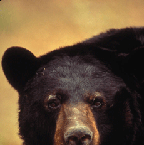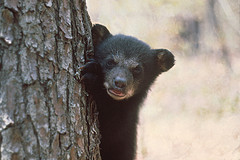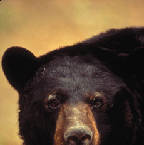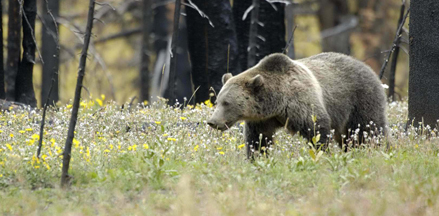
A grizzly in Yellowstone, but NOT the one in the Slate article
On Oct. 2, 2011 a grizzly bear known as the Wapiti sow was put to death for the crime of killing two humans in Yellowstone National Park. The decision to kill the grizzly sow did not come easily and was dependent on DNA evidence that put her at the scene of both deaths.
In this thoughtful, lengthy article in Slate, senior editor Jessica Grose looks at the entire process, from the humans’ deaths to the grizzly’s. It features US Fish and Wildlife Service grizzly bear recovery coordinator Chris Servheen and Yellowstone bear manager Kerry Gunther. It’s worth your time, especially if you’ve ever been the one to make the tough decision to kill an animal in the hope of keeping the public safe.
Read it here: A Death in Yellowstone.
Photo by Terry Tollefsbol, courtesy of the US Fish and Wildlife Service

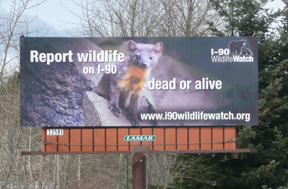 Spring is here and a bunch of wildlife surveys are underway around the country.
Spring is here and a bunch of wildlife surveys are underway around the country.